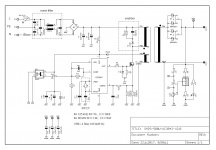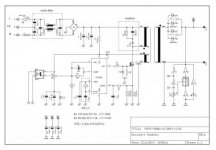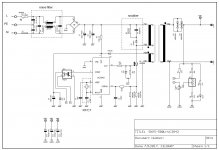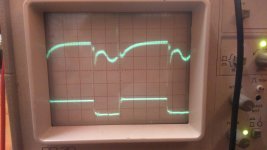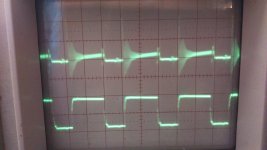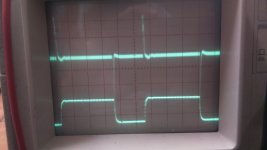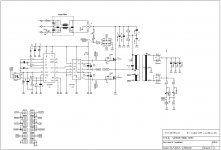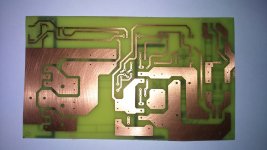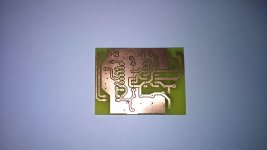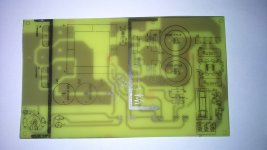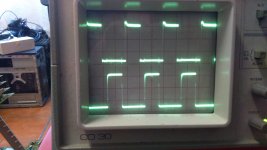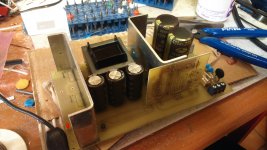Silvio
Well-known member
Forward converter. Your current density is too low try with 6 or 7 amps per mm^2 and use cooling fan on transformer for continuous use.
The diode forward voltage has to be taken from the data sheet of the diode. see the graph and see the voltage drop at maximum load. This could be higher than 0.6v at full load.
If you use half bridge topology you can use less wire on the winding and the mosfets are quite cheap to handle this power IRF740. The winding will fit better on the transformer available.
regards, Silvio
The diode forward voltage has to be taken from the data sheet of the diode. see the graph and see the voltage drop at maximum load. This could be higher than 0.6v at full load.
If you use half bridge topology you can use less wire on the winding and the mosfets are quite cheap to handle this power IRF740. The winding will fit better on the transformer available.
regards, Silvio

